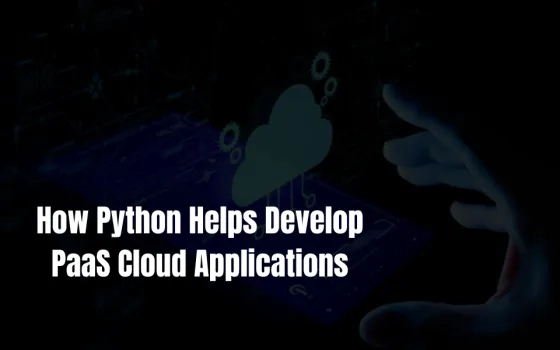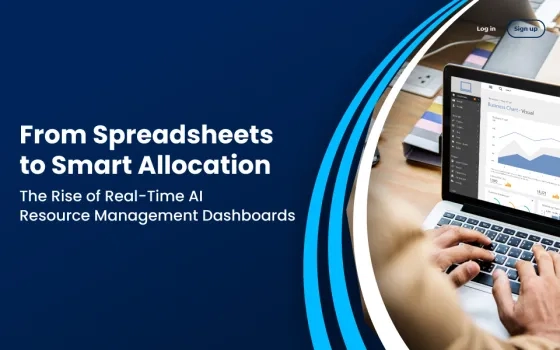Welcome to the world of idea validation, where your job is to test out notions to see if there’s a real market for them.
Imagine being half asleep at night when you suddenly have a great idea for a new product or service. You jolt awake, heart racing, and quickly grab a notebook to write down the details before they’re lost forever. The next morning, you’re still pumped about the idea and can’t wait to get started on making it a reality.
But then doubt starts to creep in. Is this really a good idea? How do you know if it’s worth pursuing?
Idea validation is an essential step in the journey from concept to a successful business, and there are many ways to go about it. In this guide, we’ll explore the various methods of idea validation and how you can use them to determine if your idea has what it takes to succeed.
Ideas Are Easy. Real Business Is Hard!
The first thing to understand about idea validation is that it’s not about whether or not your idea is good. It’s about whether it can command actual market demand.
You might have the best product or service in the world, but if nobody wants to buy it, you don’t have a business. Likewise, even the most insignificant ideas can be successful if there’s a group of people out there willing to pay for them.
Going from a mere idea to a tangible business is a long and arduous journey, and there are no guarantees. The goal of idea validation is simply to give you a better understanding of the landscape so that you can make informed decisions about whether or not to pursue your idea.
With that said, let’s dive into the different steps involved in idea validation.
Key Steps Of B2B Idea Validation
1. Customer Development Interviews
The first and most crucial method of idea validation is customer development interviews. This involves going out and talking to potential customers to get feedback about your idea.
The goal here is not to sell them on your product or service but to better understand their needs and pain points. What problem are they trying to solve? What are they currently using to solve it? Would they be interested in using your product or service?
Customer development interviews can be done in person, over the phone, or via email. The important thing is that you can have an open and honest conversation and document the feedback you receive.
Example: You run a software development consultancy. You’ve been kicking around the idea of developing a project management tool specifically for software developers. To validate this idea, you reach out to some of your current and past clients, inquire about their current project management workflow and what pain points they’re experiencing. You also ask if they would be interested in using a project management tool specifically for software developers.
2. Mapping Needs and Pains
To design a business tool that people will actually use, you need to start by understanding their needs and pains.
This step is all about research. You’ll want to look at surveys, demographic data, customer interviews, and reviews of similar products or services. The data you’ve collected in the first step will also be helpful here.
The goal is to correctly map the various pain points of your customers to potential solutions while analyzing where your solution can add more value.
Example: You’ve identified that one of the main pain points for your target market is the lack of transparency around project timelines. They often need to find out when a project will be completed, leading to frustration and mistrust.
Your solution is to develop a project management tool that provides more transparency around timelines. You add value by allowing developers to track project progress and when it will likely be completed.
3. Hypothesis Testing
The third step in idea validation is hypothesis testing. This is where you take the information you’ve gathered in the first two steps and use it to formulate hypotheses about your idea.
For each hypothesis, you’ll want to establish key metrics that you can use to measure success or failure. These metrics can include conversion rates, customer acquisition costs, churn rates, and more.
Once you’ve established your hypotheses, it’s time to put them to the test. This can be done through A/B testing, surveys, focus groups, or any other method that allows you to gather more data.
Example: You’ve formulated the following hypothesis:
“If we develop a project management tool that is more transparent around timelines, we will see an increase in customer satisfaction.”
To test this hypothesis, you could survey your target market after they’ve used your product or service. You could also look at customer churn rates and compare them to those of similar products on the market.
4. Creating a Minimum Viable Product (MVP)
Once you’ve gathered enough data to support your hypotheses, it’s time to design a minimum viable product (MVP).
An MVP is a version of your product or service with just enough features to get it in the hands of your target market so that you can gather more feedback.
This feedback can validate or invalidate your hypotheses and help you determine which features to add or remove from your MVP.
An MVP may take a combination of the following assets:
– Landing page
– Working prototype
– Video demo
– Simplified product or service
Example: An MVP of a project management tool may include the following features:
– A timeline view of all projects
– The ability to add, edit, and delete project tasks
– The ability to invite team members to collaborate on projects
5. Launch and Iterate
After you’ve built your MVP, it’s time to launch it to your target market.
This is where the real validation takes place. You’ll be able to see how people interact with your product or service and gather feedback that you can use to improve it.
It’s important to keep in mind that your MVP is just a starting point. As you gather more data, you’ll want to continue to iterate on your product or service. This may include adding new features, removing existing ones, or changing the way things are done altogether.
The simple goal is to continue gathering data and making changes until you have a product or service people are willing to pay for.
Example: After launching your MVP, you find that people are using the timeline feature, but they need help understanding how to use it.
In response, you could create a video tutorial or add more documentation to help people understand how to use the feature. You could also consider tweaking the entire UX /UI of the timeline feature to make it more user-friendly.
10 Critical Tools To Help Validate B2B Ideas
Let’s explore some critical tools you can use to help validate your B2B ideas.
1. Crunchbase: Business Ideas and Company Valuation
Crunchbase is a database of startup companies and investment firms. It’s a great resource for finding information on businesses in your industry and can be used to validate your ideas by researching competitors in your niche.
2. Google Trends: Keyword Research and Insights
Google Trends is a tool that allows you to research the popularity of keywords over time. This is valuable information when validating your business ideas, as it can help gauge interest in your niche.
3. SurveyMonkey: Create Professional Surveys
SurveyMonkey is a popular tool used to create professional surveys. This can be a valuable tool when validating your ideas, as it allows you to gather data from your target market.
4. Typeform: Create Customized Forms and Surveys
TypeForm is a great option if you want to gather data from your target market in a more customized way.
5. Mailchimp: Email Marketing and Automation
Mailchimp allows you to reach a large audience with minimal effort. This tool can be used to validate your ideas by sending out surveys or gathering sign-ups for your MVP.
6. Landingi: Create High-Converting Landing Pages
Create simple drag-and-drop landing pages in minutes to explore multiple ideas or hypotheses at once and quickly see what’s working and what’s not.
7. Hotjar: Analyze User Behavior
Hotjar is a tool that allows you to see how people interact with your website or app. This can be valuable when validating your ideas, as it allows you to see what users are doing and where they’re struggling.
8. AnswerThePublic: Generate Ideas for Questions
AnswerThePublic allows you to enter a keyword and generate a list of questions related to that keyword. This is useful when validating ideas and asking the right questions to your end users.
9. Brand24: Find Mentions About Brands
Brand24 allows you to track mentions of your brand online. When validating ideas, it allows you to see what people say about similar offerings and get feedback on your products or services.
10. Bubble: Build a Web or Mobile App without Coding
Helpful to quickly test hypotheses, create MVPs, and validate ideas without writing any code. Utilize numerous features and integrations to get your app up and running in days instead of months.
These are just a few of the critical tools you can use to validate your B2B ideas. Remember, the goal is to gather data and feedback from your target market to ensure you’re on the right track.
Get in touch with us today!
















